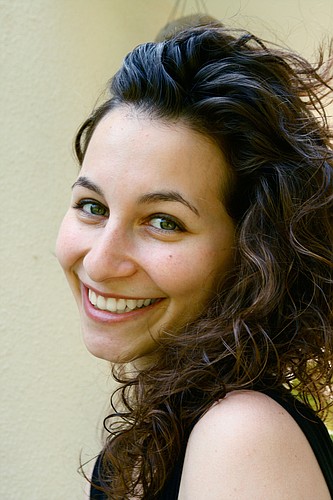- November 23, 2024
-
-
Loading

Loading

There is something very exciting about going to concerts as one of the crowd and coming out with a big grin on your face. That’s what happened to me this past weekend when I attended a chamber concert at Holley Hall Thursday afternoon and an orchestral concert at the Opera House Saturday night.
The Sarasota Music Festival, one of the great teaching and performing festivals on the international scene, has a bevy of talented young students who migrate to Sarasota for three weeks of masterclasses and chamber rehearsals with the world’s greatest musical mentors (many of whom began their careers here doing the same thing). They also get to play really tough orchestral works under the leadership of a trio of excellent, world-renowned conductors who fill the students with musical experiences they’ll carry with them for the rest of their lives.
Timothy Eddy, a cellist who got his start at the Sarasota Music Festival as a student in 1970, joined its faculty 10 years later. Not only is he a major chamber musician, but he has also taught at Juilliard, NEC and Mannes. He gave a simply stunning performance of the Bach Cello Suite Number 1 in G, showing what phrasing and singing lines are all about.
Pianists Michael Adcock and Sarasota Orchestra’s Jonathan Spivey shared a piano keyboard for a charming work by Erik Satie for four hands, called “Trois morceaux en forme de Poire,” (Three Pieces in the Shape of a Pear). Sounding like a delicious mix of Satie’s puns and wit with a soupçon of Poulenc and Debussy, the duo played it with sarcasm, bite, Chinoiserie and that French je ne sais qois, making it into a delicious bouillabaisse with just enough garlic to tickle the palate.
Mozart’s well-known Piano Quintet in E-flat, K.452, was next on the menu, and pianist Robert Levin, oboist Allan Vogel, clarinetist Moran Katz, bassoonist William Winstead and hornist William Purvis gave it an exquisitely light, but intense, reading that showed a beautiful blend and understanding of the style.
Finally, we had dessert: The Scherzo Tarentelle from the Septet by composer/conductor Adolphe Blanc, a Frenchman who began his work at the grand age of 13 at the Paris Conservatoire and never became very well-known. Violinist Martin Chalifour, violist James Dunham, cellist Desmond Hoebig and double bassist Lawrence gave a performance that left us feeling as if we’d landed in a creme brûlée.
How could that musical meal be followed? Next was the emotionally exhausting — but spiritually stimulating — orchestral concert, featuring the students with concertmaster, David Coucheron (a former SMF student and now the concertmaster of the Atlanta Symphony), under the direction of the internationally renowned Hugh Wolff.
The mix of a Haydn Symphony, Copland’s Clarinet Concerto and Mendelssohn’s “Italian” Symphony made for a perfectly rounded musical evening, starting with Haydn’s Symphony Number 86 in D, which begins with the same four notes (plus one, albeit in a different key of the Mozart Clarinet Quintet), and then does what Haydn does best: plays games with rests and startles us with his ingenuity.
Hugh Wolff and the orchestra also startled us with a beautifully controlled, stylistically magical and sculpted reading that took us from the nuances of the slow movement to a dancing finale that had visions of Papageno flitting across the stage.
Copland’s Clarinet Concerto was written for Benny Goodman, and there have been many great renditions since its debut. But Moran Katz, playing it (unbelievably) for the first time in public, truly owned the piece. Her sensuous sound and magical dynamic range were nothing short of spectacular. This could become her signature work in the future, and she handled the enormous jumps in register and transitions from classic style to swinging jazz, lighting up the Opera House with the beauty of her sound.
It should be mentioned that, while Wolff conducted from a score for the Copland, he didn’t use one for either the Haydn or the final work, Mendelssohn’s Symphony Number 4. It was as if the music spewed from his hands and, being a wrist conductor (clear in movements and not needing unnecessary arm flailing), he brought out the very best in his orchestra.
The Mendelssohn was sprightly and jaunty with the precision of a classical symphony and the warmth of the romantic. I’ve said this before about a certain Beethoven symphony, but I have to use it again for the Mendelssohn: the bass line is the best in the business, and it was played by everyone at some point with true character.
The whole symphony was like a beautiful clarified butter — smooth, juicy and delectable. I’m still smiling.